BTF Modelling Using 3D CAR Model
Overal Algorithm
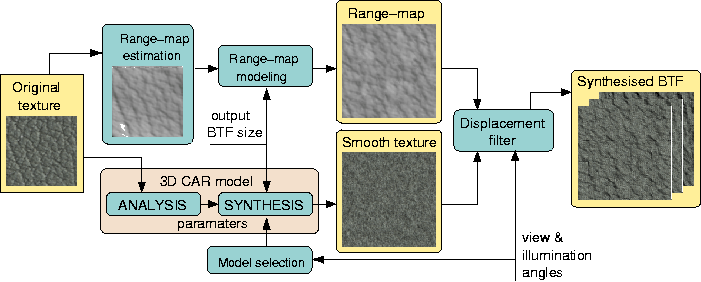
Results
Leather01
Original and synthesised (enlarged) BTF of leather01
(blue dot - camera position, red dot - illumination position):
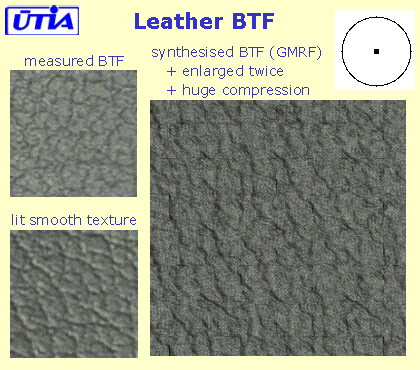
Leather01 BTF data by courtesy of R. Klein, Bonn University.
Leather04
| original image | estimated range-map | smooth synthesis |
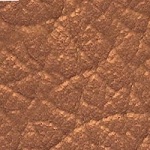 |
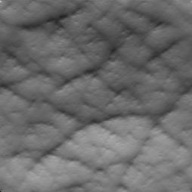 |
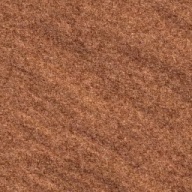 |
| reconstructed BTF for different illum. positions | ||
| light angle 0 | light angle 90 | light angle 180 |
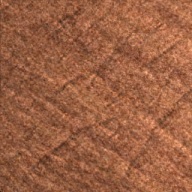 |
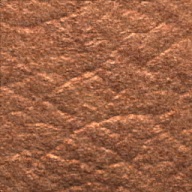 |
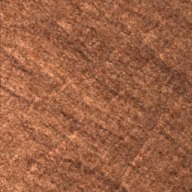 |
Snake Leather
| original image | estimated range-map | smooth synthesis |
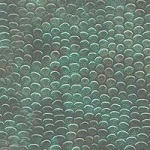 |
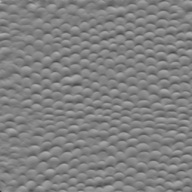 |
 |
| reconstructed BTF for different illum. positions | ||
| light angle 0 | light angle 90 | light angle 180 |
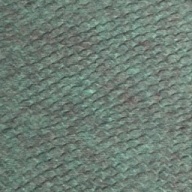 |
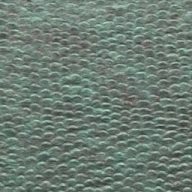 |
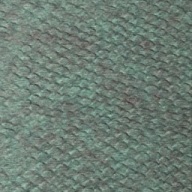 |
This work was partially supported by the European Community within the scope of the RealReflect project (IST-2001-34744) "Realtime visualization of complex reflectance behavior in virtual prototyping''.

